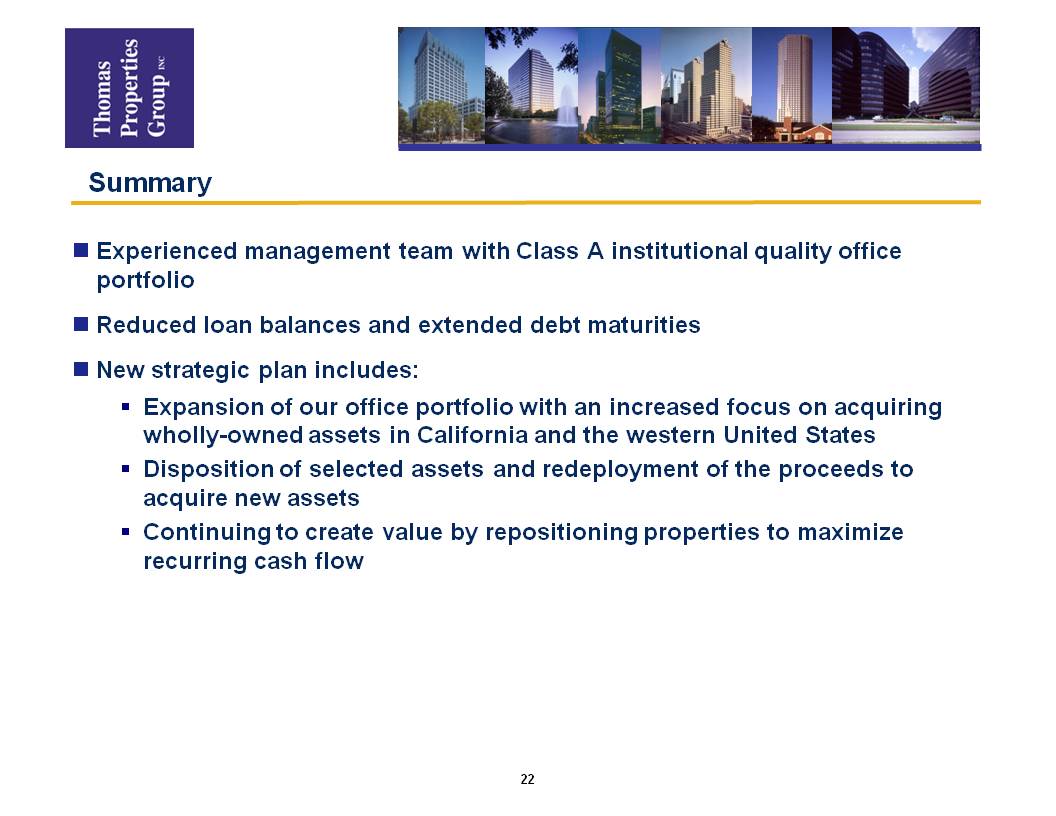

Most of these techniques ignore the future value completely, assuming that the future sale price of the property will be the same as the calculated Investment Value. Yield Capitalization methods that follow the procedure of developing an Overall Capitalization Rate do not fall into the circular trap of estimating a future value before the present value is known. At best, this circular calculation is suspect. One must ask how he can be so certain of a property's value sometime in the future when he must go through an involved discounting process before he knows the value of the property today. In effect, this procedure amounts to estimating the future value of the property before the analyst knows the present value of the property. In the typical Discounted Cash Flow Analysis, a Terminal Cap Rate is selected (pulled out of the air) and applied to the projected net income in the year following the year of the Holding Period. Yet the method of calculating the reversion is often not given much consideration. It is usually a significant portion of the return. These include Terminal Value, Reversionary Value, Net Reversion, and Equity Reversion.Īll Yield Capitalization methods must consider the value of the Reversion as part of the present value of the investment. Reversion (sometimes called Net Reversion)ĭifferent terms may be used to describe this benefit. Selling Expenses (Commission, Transfer Tax, etc) Remaining Loan Balance (if property was financed) The Reversion (as the term is used in our software) is the future cash benefit that the investor will receive upon sale of the subject property.įuture Sale Price (end of Holding Period) If you are performing other than a Stable Analysis, you may designate a Terminal Cap Rate or a Terminal Value.īecause the procedure used to estimate the reversion can have a significant impact upon value, we encourage you to study the information below. Many analysts will estimate a value at the end of the holding period using an estimated ending cap rate, then use this estimate of ending value in a Discounted Cash Flow Analysis in order to calculate the value of the reversion. The Annual Growth Rate in Value is one of the methods used by the program. The estimation of the Reversion is an integral part of any valuation method that relies upon the projection future cash flows.


 0 kommentar(er)
0 kommentar(er)
